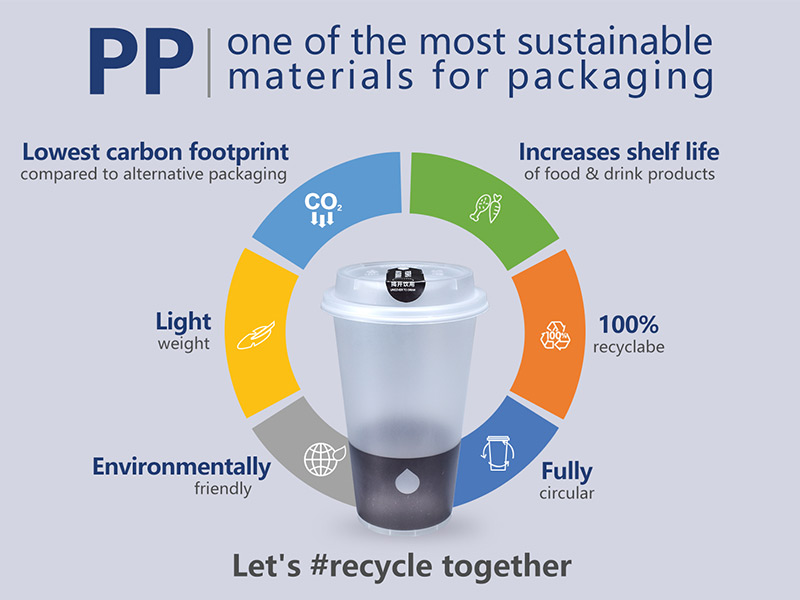The most flexible material for packing food is plastic. Plastic can be opaque or translucent, allowing your customer to see what they are going to eat. Plastic can be made rigid so it will stack or flexible so it can be squeezed. You can shape plastic whatever you like.
Plastic has a high chemical and acid resistance. Hazardous chemicals can therefore be kept in plastic containers. Acids are present in some foods, but non-reactive plastic can keep them without contaminating them.
Printing is simple on plastic. If a business decides to package their food items in plastic that is simple to print, they can make sure that their logo is prominently visible on each of their food products. The marketing strategies that result in the most sales depend on having a strong brand.
Most food packaging is made of PP plastic, which is completely recyclable. We must alter our culture of disposable behavior as a nation. For once, we can't hold the government responsible because there is already infrastructure in place for recycling plastic, and many councils will pick it up at your door.

All the traditional China plastic containers mentioned here are food grade for packing foods, some of them in an easy way to carry bucket. By utilizing recyclable materials and sustainable practices, plastic food containers manufacturers are working to reduce environmental impact. For businesses seeking cost-effective solutions, sourcing from a reliable plastic containers supplier can lead to significant savings.
Honokage offers plastic food containers wholesale options for those looking to purchase in bulk. These China plastic food grade containers are designed to meet high food safety standards.
A plastic food grade container is specifically designed to ensure that no toxins from external sources leach into the food, maintaining its safety and integrity. These China plastic food grade containers are made from materials that comply with stringent safety standards, making them ideal for food storage and packaging.
Yes. Honokage has a variety range of tamper evident proof system packaging, breakaway tabs in our safety lock containers.
Yes, Honokage can make biodegradable packaing for 90% biodegradable.
Most of the plastic packaging from Honokage is injection molded.
While certain plastic contains toxins and should not be stored, PP resin can be recycled and used to store food or water. Other containers might be hard to clean, might enable evaporation, or might start to collapse gradually. However, a good general rule of thumb when identifying whether plastics can be reused is that if the container was initially used to hold food, it can be used securely to store food once again. Take into account the following details: The triangle code indicates that polypropylene is material number 5. This plastic can be rigid or flexible and is durable. Examples of items created from this plastic that are food-grade include yogurt containers, margarine tubs, and prescription bottles. Ice scrapers, oil funnels, rakes, pallets, and food storage boxes for refrigerators are all made of polypropylene. It is a common plastic.